SANTA BARBARA, Calif. — If it seemed like it was gone in a flash, it was. And we’re not talking about what the Polestar 1 must have looked like to a bystanding tule elk as it minded its own business along a mountain road in the Los Padres National Forest. The 1's entire lifecycle was just three years long, half as long as the typical car. When all is said and done, Polestar will have sold a handful shy of 1,500 units worldwide, making the sleek plug-in hybrid grand tourer one of the rarest modern cars you’ll ever spot in the wild.
In fact, during our farewell drive with the Polestar 1 in Southern California we were stopped several times by curious observers. Bentleys and Lambos are plentiful as pigeons in this region but a Polestar’s a golden pheasant. “When does it come out?” one onlooker asked.
Well, aaaactually ... It's been on the market for three years, and Polestar says its remaining stock numbers in the tens. The final North American units will deliver in Q1 of 2022 and you can’t order custom colors any more. That’s probably just as well, because the only option on the Polestar 1 is a $5,000 matte paint job, and matte is, like, so 2010.
Polestar never meant for its flagship to last more than three years. Production was always going to be limited to 500 a year. Moreover, by the time the 1 debuted, kicking off Polestar as a standalone brand, the powers that be had decided from the outset that all subsequent models would be entirely electric.
During our second drive of the Polestar 1, Senior Editor John Beltz Snyder concluded that such a battery-electric vehicle, the Polestar 2, makes more sense to buy. That may be true when all you’re doing is commuting around town or your highway journeys stay restricted to interstates. I would argue, however, that once you venture outside the web of charging stations, a plug-in hybrid makes much more sense.
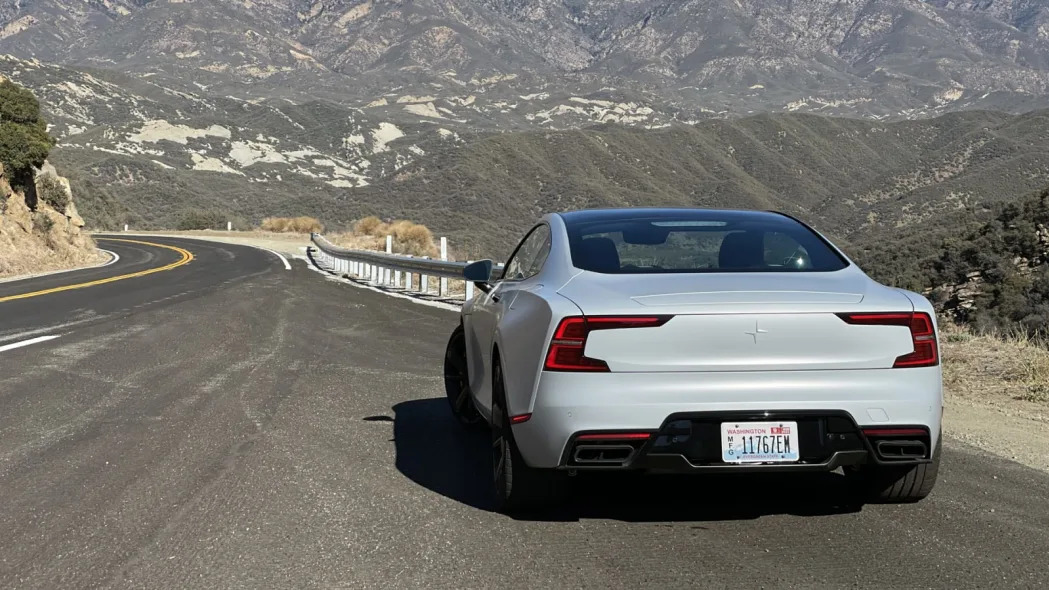
One of the most memorable trips I’ve ever taken was in a factory five-speed 1997 Lexus SC, a brilliant grand tourer if there ever was one. I had one week to get from Washington D.C. to Los Angeles, and aside from visits to friends in Chicago and Des Moines, there was no route, no itinerary, no plan. I could stick to the interstates if I chose, or detour on a whim down desolate roads to see the 140 million year old sandstone formations at Arches National Park or the world’s largest quarter.
This drive of the Polestar 1 evoked that trip, but on a smaller scale. Northwest of Ojai are some of the best roads in a state celebrated for its superb roads — sidewinding two-laners snaking through mountains, a beam of asphalt slicing through desert vistas — but many sections cut through cell signal dead zones where you don’t see a fellow traveler, or gas station, for miles.
We’re not crybabies when it comes to range anxiety, but on an extended roam with bouts of spirited driving in between cruising stages, the fact remains that an EV with even a 250 or 300-mile range simply won’t do. The Polestar 1 gets 21 mpg in the city, 31 on the highway, and 25 combined without the all-electric range factored in. With it, the estimates go up to a relatively mammoth 60 MPGe. Combined with a 15.9-gallon capacity, range is something you’ll never have to worry about.
Despite laying on the throttle at almost every opportunity, there was still half a tank left after five hours of driving. That’s where the PHEV technology really shines, and something that neither traditional combustion nor EV-only cars can match.
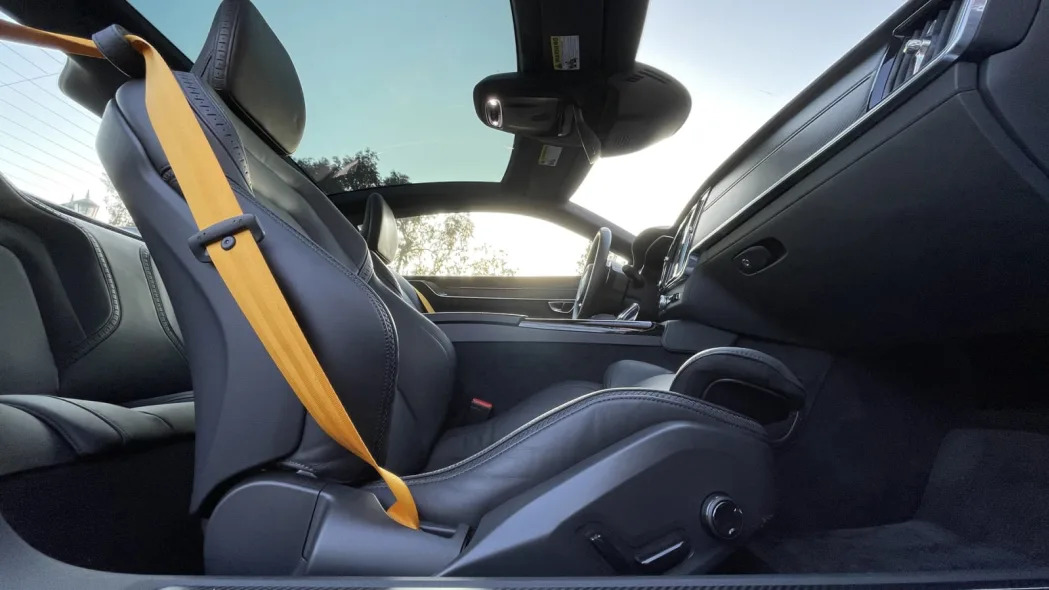
On paper, an Audi eTron GT gets an EPA-estimated 232 miles of range. But if you drive it anywhere near as hard as the car invites you to, your actual range is going to be about 70% of that. The purpose of a grand tourer is to carry you long distances in elegance and comfort, and it is neither elegant nor comfortable to think about whether you want to waste the juice every time you mash the accelerator.
With the Polestar 1, you can drive all day without thinking about the fuel gauge. Want to overtake a slow-moving pickup at the next dotted yellow? Flick it into Power mode to summon the full 619 horsepower and 738 pound-feet of torque — collectively sourced from the combination of a 326-horsepower super- and turbocharged 2.0-liter inline-four driving the front wheels, two electric motors at the rear, and a 71-horsepower starter-generator mated to an eight-speed automatic transmission. It's complicated, but all works seamlessly in symphonic harmony.
As a side note, the North American spec cars are the only ones to get this number. Elsewhere in the world, emissions rules have cut total power by 10 ponies.
On days when you’re just popping down to Trader Joe’s for a jar of pickles, keep it in the battery-only Pure drive mode and you’re every bit as green as the Audi driver. The Polestar 1 can run for an estimated 52 miles (of EV range without drinking a drop of fuel. Charging the battery can be done via an 11 kilowatt phase 1 or 3 AC outlet, or if you’re in a hurry, 50-kW DC induction takes less than an hour. Polestar also guarantees that the cobalt used in the 400-volt, 34 kWh battery pack is responsibly mined.
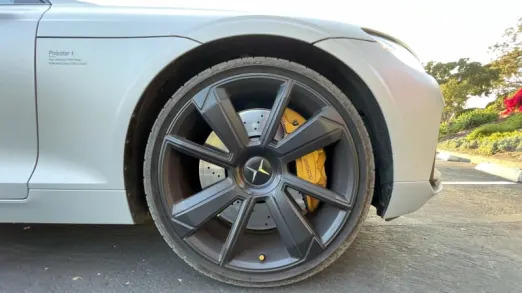
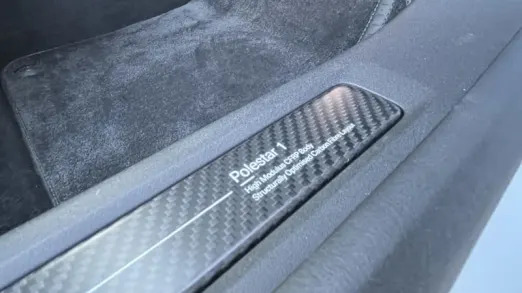
Because the Polestar 1 drives its front wheels with the hybrid ICE and its rear wheels with two rear electric motors its AWD system can utilize torque vectoring, giving the outside rear wheel an extra spin in turns for a supernatural amount of cornering grip. Even on a mountain pass composed solely of switchbacks, it held the Polestar’s considerable mass on tight hairpins with ease. The Akebono aluminum-block calipers, six-piston in front and four-piston in rear, repeatedly scrubbed speed off the 5,170-pound densely packed coupe without fade. Öhlins dual flow-valve dampers, combined with a low center of gravity, meant body roll was practically nonexistent, and that’s with the manual adjustment dialed in for comfort, too.
But no matter how good the brakes and suspension are, there are flaws. The Polestar’s weight still makes itself known. The steering, accurate as it may be, lacks feedback. The suspension, dampened to gracefully absorb every road imperfection, conceals tiny messages the asphalt is trying to communicate. The chic body’s width puts it uncomfortably close to the edge of winding mountain roads. Plus, like many modern high-end cars, it’s so eerily competent that it seems almost robotic. There could be a bit more emotion in the drive.
Whatever the Polestar does, though, it does it with style. Yes, it's effectively a shortened, two-door Volvo S90, but it's still a brilliant design, penned with something so many of the traditional luxury brands are today lacking: restraint.
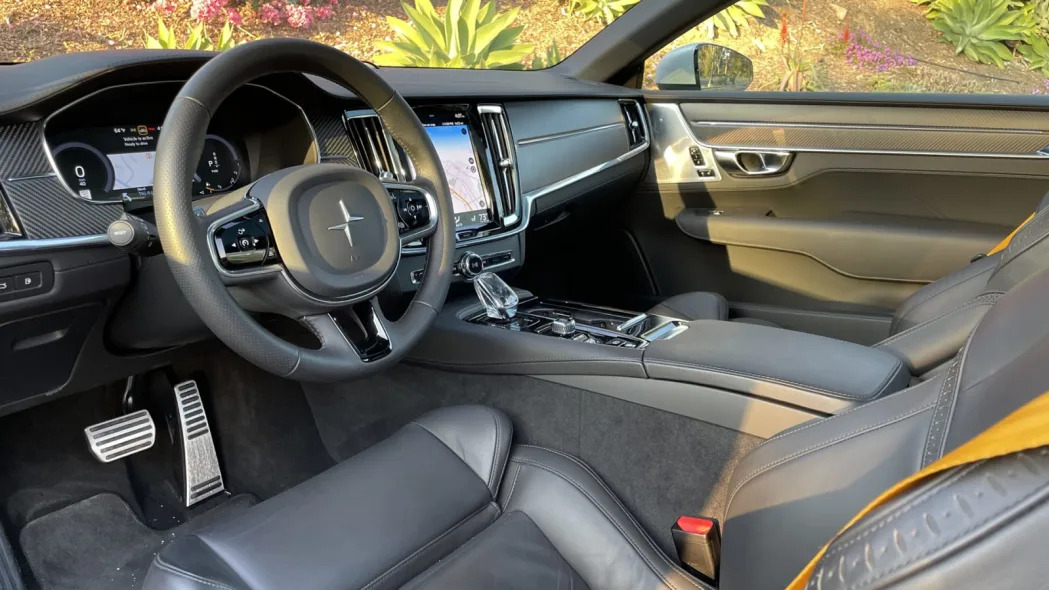
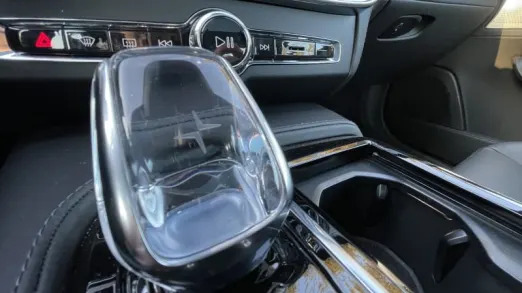

Inside, the Scandinavian minimalism might feel a bit cold to some luxury buyers, and there's no denying the design, technology and switchgear are virtually identical to what you'd find in an S90. That could make, or rather, could have made the Polestar 1's asking price of $155,000 a tough sell. Nevertheless, the leather seats maintain their comfort and support even after many hours, and the company says there’s no waste of the animal at end-of-life, if that’s any consolation. A few niceties like the crystal gear selector and the Polestar logo projection on the panoramic roof add opulence, but not sumptuousness.
These quibbles don’t make us any sadder that the world will be short one more stunning coupe built for drivers. Polestar’s 2025 plan doesn't include a direct successor to the 1. Instead, two new crossovers and a Taycan challenger lay in wait, all of them pure electrics.
Conventional wisdom has already decreed PHEV a "transitional" technology, no doubt aided by the wave of new all-electric cars being introduced to great fanfare. However, the Polestar 1 is evidence that PHEVs still have their place – now and in the future. Even as EVs take over commuting duties, cars that cater to off-the-beaten path journeys – whether overlanding off-roaders or sleek long-distance GTs — are a niche where PHEVs can still shine for many years to come. It's sad that Polestar is pulling the plug on them after only three.
Related video:
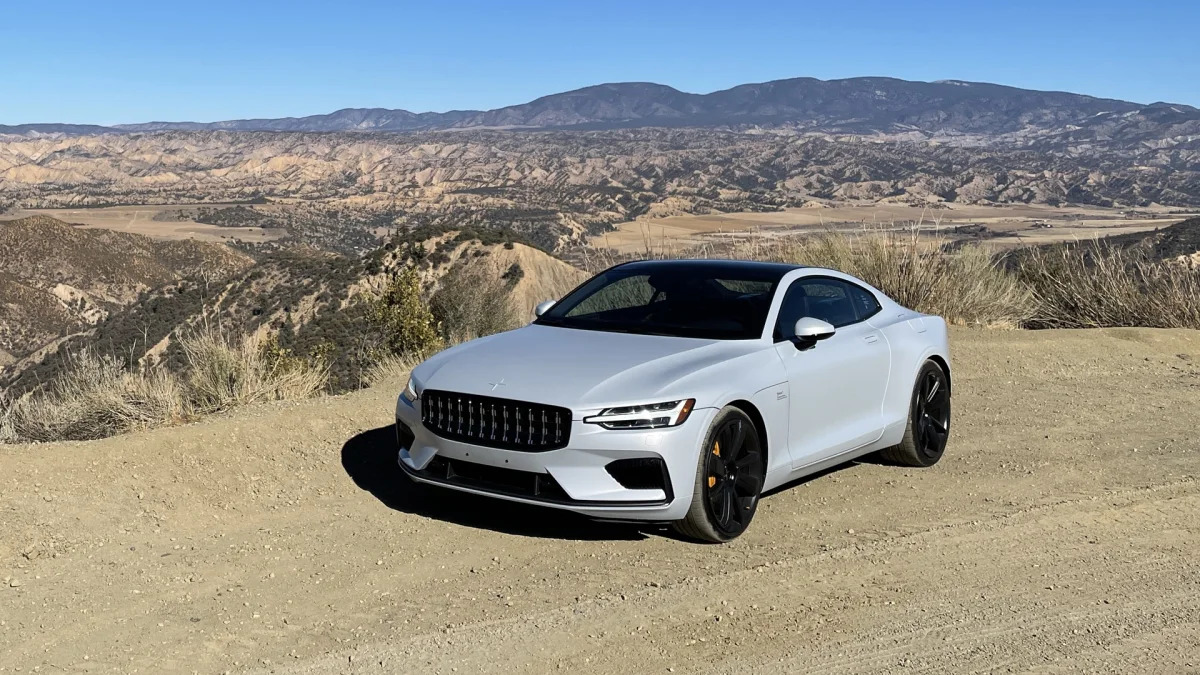









Sign in to post
Please sign in to leave a comment.
Continue